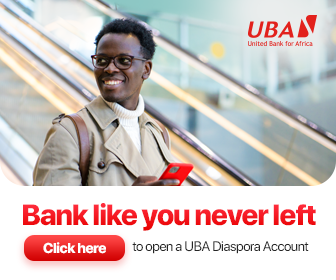Health
3 ways to prevent your dyed hair from breaking
Dyed hair requires special care and attention to maintain its vibrancy and strength.
Most especially in Nigeria, where our hair comes in various textures and is exposed to harsh weather conditions, it’s crucial to take extra measures to prevent breakage.
Here are three valuable tips that will help you keep your dyed hair healthy and lustrous:
1) Moisturize: Hydrate and nourish your hair

Just like a thirsty plant, your dyed hair craves hydration. The colouring process can strip the hair’s natural moisture, leaving it dry and brittle. To counteract this, prioritise moisturising and nourishing your hair regularly.
Start with a good-quality moisturising shampoo and conditioner designed for coloured hair. Look for products with natural oils and ingredients like shea butter, coconut oil, and argan oil. These ingredients penetrate deep into the hair shaft, providing essential moisture and protecting the colour.
Additionally, incorporate a weekly deep conditioning treatment into your hair care routine. Apply a generous amount of a deep conditioner or hair mask from root to tip, focusing on the ends.
Cover your hair with a shower cap and let the treatment sit for at least 20 minutes. Rinse thoroughly with cool water to seal the cuticles and lock in moisture. This step will replenish your hair’s hydration levels, keeping it soft, supple, and less prone to breakage.
2) Gentle handling: Be kind to your dyed hair

Dyed hair requires extra TLC when it comes to handling and styling. Rough handling can lead to hair breakage and colour fading. Here are a few tips to keep in mind:
– Use a wide-toothed comb or a detangling brush when combing wet hair. Start from the end and work up to avoid unnecessary tugging and pulling.
– Minimise the use of heat-styling tools like flat irons and curling wands. Heat can damage your dyed hair, making it more prone to breakage. If you must use heat, always apply a heat protectant spray before styling and keep the temperature low.
– Avoid tight hairstyles that pull on your hair, such as tight braids or ponytails. These styles can stress the hair follicles and lead to breakage. Opt for looser, more gentle hairstyles that allow your hair to breathe and move freely.
3) Sun protection: Shield your hair from Harmful UV rays

Nigeria’s sunny climate can be harsh on dyed hair. UV rays can fade your hair colour and weaken its structure, leading to breakage.
Protect your locks by using hair products that contain UV filters or wearing a hat or scarf when spending prolonged periods in the sun. This simple step can make a significant difference in preserving the vibrancy and strength of your dyed hair.
In the world of hair care, prevention is always better than repair. By implementing these three essential tips into your dyed hair care routine, you can proactively protect your hair from breakage and maintain its vibrant beauty.
These simple yet powerful practices will ensure that your dyed hair remains strong, lustrous, and ready to make a lasting impression.














